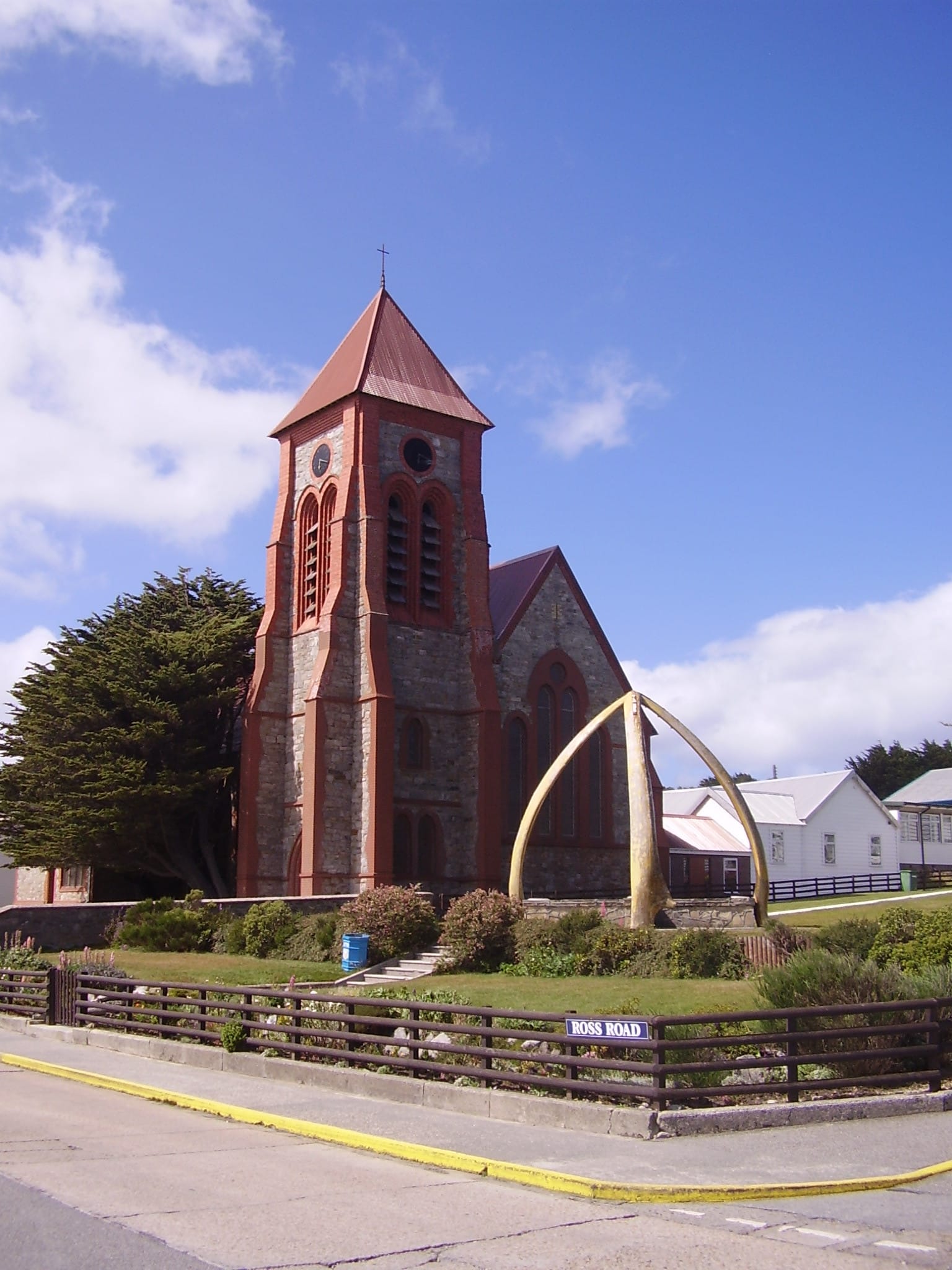The roots of the Falklands Conflict stretch back centuries before April 1982.
The South Atlantic islands, lying 300 miles off the eastern coast of South America, were quite possibly visited by people from the Patagonian region in prehistoric times, but by the time European explorers are thought to have first clapped eyes on their shores in the 16th century it is generally accepted that they were uninhabited.
There are several reports of ships possibly spotting and landing on what would later be named the Falkland Islands in the 16th and 17th centuries, including English explorer and navigator Capt John Davis in the 120-ton Desire (only the third ship known to have circumnavigated the world) in 1592.
But the first confirmed landing on the islands was by another Englishman John Strong in January 1690, who was en route to Chile, and who took the time to explore Falkland Sound on board his ship Welfare.
The first settlement, Port Louis, was established by Frenchman Louis de Bougainville in 1764, followed two years later by Port Egmont, established by Royal Navy officer John MacBride.
The French referred to the islands as Les Malouines or Malovines (after their home port of St Malo) which is where the Spanish version – Islas Malvinas – originated.
Historians have yet to come to a definitive answer over whether these two settlements, on East Falkland and Saunders Island respectively, knew of each other’s presence in the early years, but in 1770 the settlers of Port Louis – by now transferred to the care of Spain and renamed Puerto Soledad – ‘discovered’ and captured the British port.
Port Egmont was returned to Britain the following year under an Anglo-Spanish agreement and the two settlements continued to co-exist until the British withdrew from its garrison in 1774 as a matter of policy, leaving a plaque claiming the islands for King George III – though the Spanish, who remained there manning a garrison and a penal colony, no doubt disputed that claim.
The Spanish themselves formally departed the islands in 1811, leaving a transient collection of largely hunters and fishermen.
In 1816 newly-independent Buenos Aires took up the Spanish claim on the islands, and sent a warship to the islands in 1820 to cement that claim, causing disputes over rights to fishing and trapping.
Shortly afterwards a small group of Argentine settlers landed on the islands, prompting the British to protest, but this group was largely broken up by an American warship in early 1832.
The British, worried by the appearance of the Americans, sent a warship of its own which, at the end of 1832, reasserted the British claim to the islands, expelling the small (and apparently mutinous) Argentine garrison and thereby sparking protests from Argentina and a dispute over sovereignty of the islands that has persisted ever since.
British civilian settlers began to arrive in the mid-1800s and eventually established a self-sufficient community.
Tentative moves by the UK to explore ways to formally vest sovereignty with Argentina in the 1960s as part of a United Nations effort to find a peaceful solution to this ‘colonial problem’ were swiftly rejected by the islanders, and the situation continued to simmer through the 1970s and into the 1980s.
Yet the islands never loomed large in the consciousness of the British public – that was clear when Argentina invaded the Falklands on 2 April 1982, causing puzzlement amongst many in the UK as to why a South American nation had made the effort to land troops on what they assumed to be a collection of islands somewhere off Scotland (reinforced by images showing landscapes similar to Shetland).
The immediate trigger for the Argentine invasion of the Falklands, codenamed Operation Rosario, was rising unrest amongst the Argentine population, with a series of military ruling juntas failing to end economic decline and civil strife.
Military leaders decided that taking the Falklands would win public favour and tap into deep feelings of patriotism, and the venture would be relatively straightforward as they believed the UK would not have the resources – nor the stomach – for a fight in such a hostile environment far from home.
But they had misread to signals coming from London…
Today’s image shows Christ Church Cathedral in Stanley, capital of the Falkland Islands.
